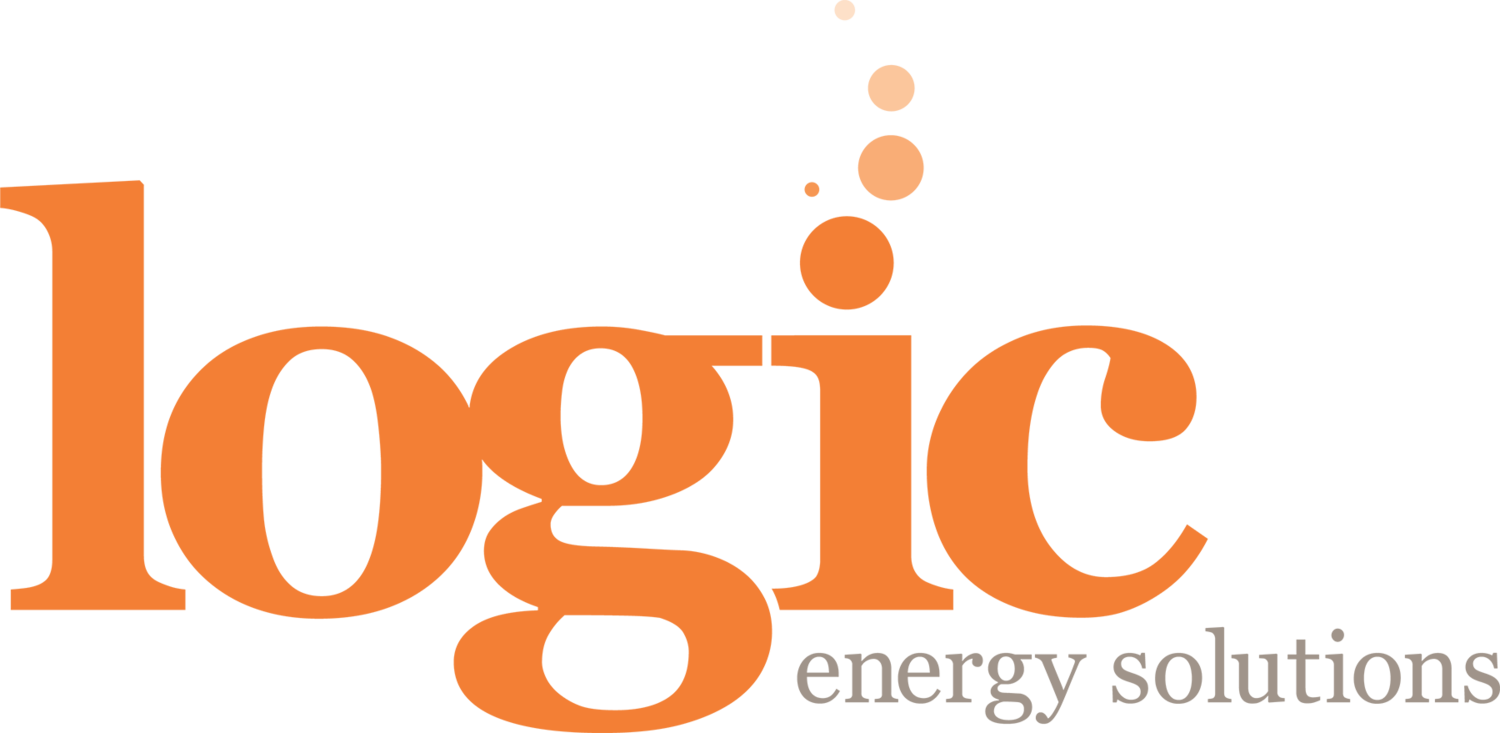PROCESS FLOW DIAGRAM
PROCESS DESCRIPTION
The TDS-Pro® systems are submerged combustion style evaporators designed to evaporate 120 to 1000 barrels of water per day. These systems utilize existing gas from wells or other sources to create combustion and heat process fluids. Power is provided by either line voltage or a generator on site. A single system consists of several different plumbing systems, electrical lines and separate skid components that can be transported and hooked up on site repeatedly by using a modular system of interconnecting components that are interchangeable.
SKID COMPONENTS
The evaporator systems are comprised of three main skid systems: the evaporator skid, staging tank skid and solid container skid. Each skid is designed to be transported on 48 ft trailers for ease of transportation between deployment sites. Multiple solid container skids may be deployed to a site, but only one is in service at any given time.
PROCESS
GAS: Service gas enters into the evaporator through a first cut regulator to stabilize the gas pressure prior to entering a fuel scrubber. After the scrubber, another regulator will further reduce the gas pressure then pass through a safety valve. Gas will then enter into a burner, be mixed with air and ignited in the evaporator’s combustion chamber.
AIR: Air service is provided by a a blower that pushes air through silencers before entering the air train. Air will then route through a flow control valve on top of the unit before entering the burner to be mixed with the service gas.
Additionally, a line is piped to the staging tank from each silencer and returned to the main air lines prior to the burner. This line is used in a sparging process to remove excess hydrocarbons from the influent water in the staging tank. A separate blower is used to return this hydrocarbon laden air to the main air line.
PROCESS FLUID: Process fluid enters the evaporator system from a holding tank or feed line on the customer site. Fluid passes through a shut off valve prior to entering a staging tank where it is pumped via a diaphragm pump into the evaporator tank. An overflow line exists on the evaporator tank to allow excess fluid to enter back into the staging tank for level control.
From the evaporator tank, a discharge line exists to move concentrated fluid out of the tank into a large solids strainer then into a solids container via a diaphragm pump. The solids container gravity drains free liquid back into the staging tank to be recycled through the evaporation process.


